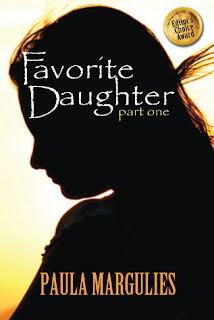I had never been asked to write about the food in my books
before. Quite a unique twist, I thought. When an author works on a story,
character development is crucial. We think about their eyes, their hair, how
they walk, and what they do for a living. However, a key element in who they
are is building the world around them—including what they eat and how.
Each of the books in my The
Three Mrs. Monroes series is titled after the character followed in the story—Amelia, Penelope, and Vivian.
Amelia Monroe, a martial artist who trains soldiers, is fit
and loves a good meal. When she meets Sam, a lawyer, they find comfort in
sharing meals. For a woman who loves to eat, and is very fit, a huge steak (on
the rare side!) with all the fixin’s is just her style. Part of the fun with
Amelia was her no excuses attitude. Sam watches her devour the steak and wash
it down with beer. No dainty manners there, okay, not that she was disgusting,
just comfortable with herself. When they meet for breakfast, she’s enticed by
the promise of huge cinnamon rolls, but let’s be clear, she’s going to run that
off with a six-mile run.
Penelope Monroe is the polar opposite of Amelia. Fragile in
personality and pregnant to boot, she’s been lucky to survive on carry-out and
frozen dinners. However, when she meets Brock, who comes from a solid family
and homemade meals, she pours herself into a meal of spaghetti and meatballs to
impress him. After all, the way to a man’s heart is through his stomach, and
it’s a fairly hard meal to mess up.
Vivian Monroe has been playing happy homemaker for years.
The mother of two young girls, food is made to appease her children. When she
becomes involved with Clayton, who also has two young daughters, you can bet
they bond over pizza and chicken nuggets. When the girls are not present, an
adult beverage is in order. Of course, the promise of biscuits and gravy is
sometimes the surefire way to a man’s heart. It doesn’t have to be homemade to
be a comfort food either.
Throughout the trilogy, as Amelia, Penelope, and Vivian bond
and solidify their friendship, food and drink play a huge roll. There are many
meals shared between the strangers who become friends, but drinks might be a
better guide through their bonding. Drink is a fantastic way for people to
enjoy the company of others. Coffee plays a huge roll in the formation of the
relationship between the women. Everyone is calmer when there’s a hot beverage
in their hands, right? From coffee when presented with bad news, to meeting at
a coffee house, or the warm cup of Joe in a friend’s kitchen, coffee can bring
people together.
When friendships are developed, wine certainly plays a roll.
Women who have bonded are comfortable around each other sit and sip wine, and
that was key in showing their relationship grow. Of course, celebrations call
for a little bubbly as well, and each book certainly spotlights a celebration
as each woman grows as a person on her own.
Food and drink will forever bond people. It is a great way
to introduce characters and their special characteristics to readers, as it is
a common bond we can have with them.
Thanks for hanging out with me today. And thank
you Shelley for having me. So here’s me lifting my coffee mug to you all,
cheers! I hope you’ll visit Amelia, Penelope, and Vivian with your favorite
beverage and bond with them as well.
Thanks for stopping by to share your food for thought, Bernadette!
You can find Bernadette here:






